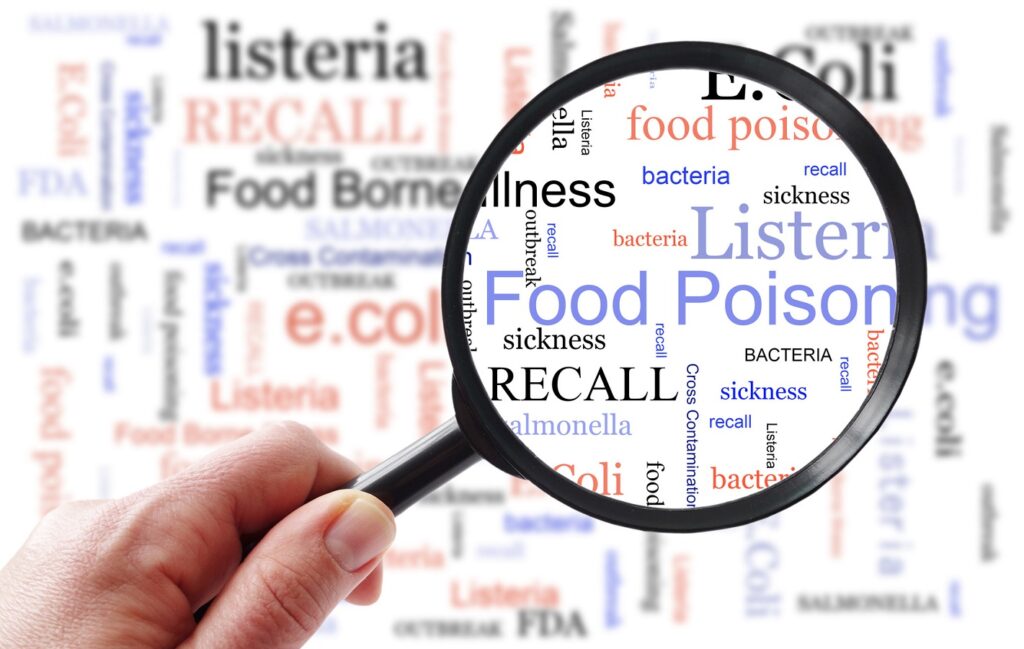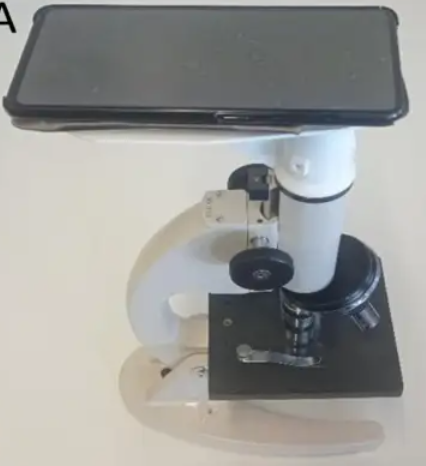Every year, the U.S. sees almost three million antimicrobial-resistant infections, with the cost of treating the six most common ones at over $4.6 billion. The EU sees almost 700,000 cases each year, which cost it an estimated €1.5 billion. Antibiotic sensitivity testing (AST) uses culture methods that expose bacteria to antibiotics or genetic methods to determine if the bacteria possess genes that confer resistance. Typical ASTs last up to 24 hours or even longer for slow-growing bacteria. Researchers at Vrije Universiteit Brussel have developed a fast (2-4 hours), cheap, and widely accessible method based on optical microscopy that can perform an AST with single-cell sensitivity without attaching or labeling bacteria. The new technique involves monitoring nanoscale vibrations of single bacteria before and while being exposed to antibiotics. The monitoring is performed with a basic optical microscope, a video camera, or a mobile phone. The researchers used ONMD to detect the sensitivity of numerous bacteria to antibiotics successfully. Escherichia coli, Staphylococcus aureus, Lactobacillus rhamnosus, and Mycobacterium smegmatis sensitivities to the antibiotics ampicillin, streptomycin, doxycycline, and vancomycin were determined in less than two hours.@ https://phys.org/news/2023-04-antibiotic-resistance-fast-cheap-easy.amp




